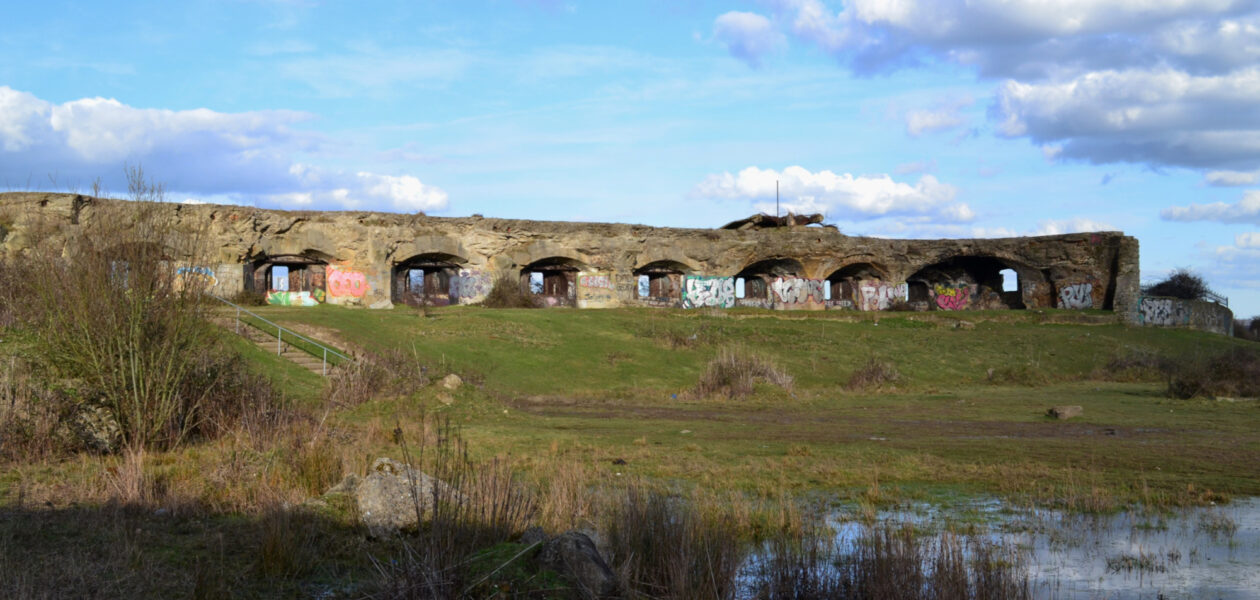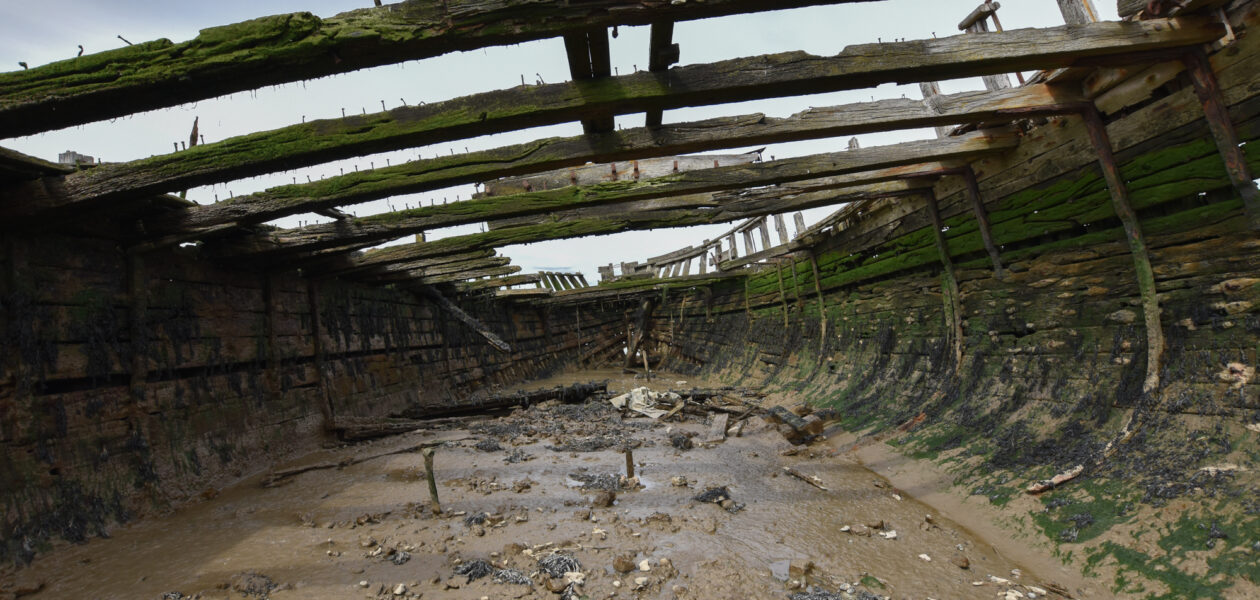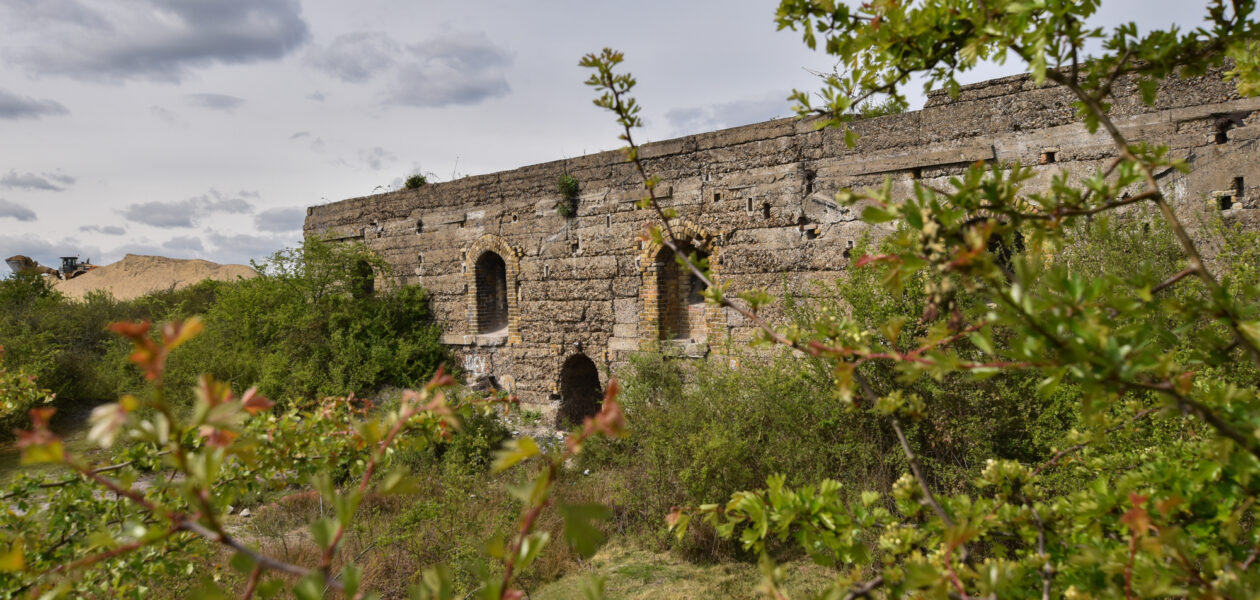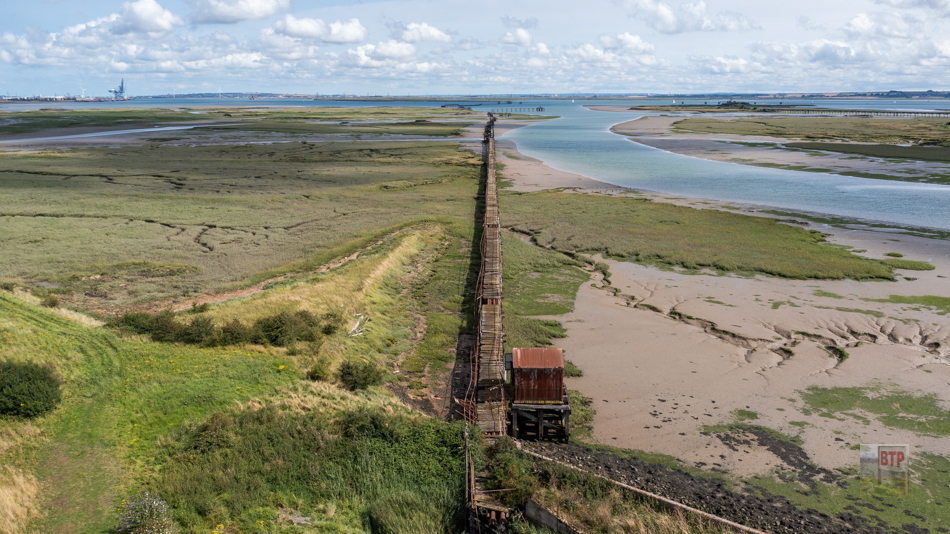Shornemead Fort
Shornemead Fort was one of many built along the Thames to protect London from an invasion. The fort was built on the site of a previous battery which started to be built in 1847 however after six years of intense building, the marshes couldn’t support the weight so a new re-designed fort, Shornemead, was built instead. The…
View More





